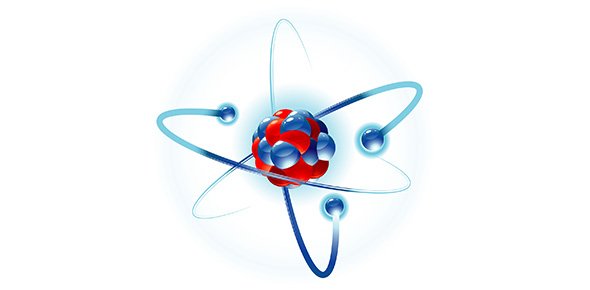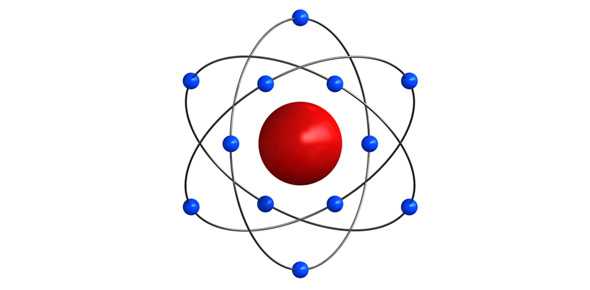Related Flashcards
Related Topics
Cards In This Set
| Front | Back |
|
When a car "knocks," that is because the fuel and air mixture in one of its cylinders is igniting before the spark plug fires. This early ignition occurs because compressing the mixture causes its(A) temperature to increase, but not its pressure.(B) density to increase, but not its temperature or pressure.(C) temperature and pressure to increase.(D) pressure to increase, but not its temperature.
|
Answer: (C) temperature and pressure to increase.Why: Compressing gas requires doing work on that gas and the work becomes thermal energy in the gas -- it gets hot. The tightly packed gas molecules also undergo a rise in density.
|
|
Viscous drag is associated with viscose forces within the air, while pressure drag is associated with unbalanced pressures. When a dust particle in the air is experiencing only gravity, it descends very slowly through the air around it. Because of its tiny size and slow motion, the dust particle experiences(A) turbulent flow and only viscous drag.(B) turbulent flow and only pressure drag.(C) laminar flow and only viscous drag.(D) laminar flow and only pressure drag.
|
Answer: (C) laminar flow and only viscous drag.Why: The dust is such a tiny obstacle that the Reynolds number describing the flow around it is extremely low. The flow remains laminar and there is no pressure drag.
|
|
When you bounce up and down on a springboard, without leaving the board's surface, you are a harmonic oscillator. But as soon as you fly up off the surface, you stop being a harmonic oscillator because(A) you stop having any mass.(B) the restoring force on you stops being proportional to your displacement from equilibrium.(C) harmonic oscillators must have small amplitudes of motion.(D) you stop having any weight.
|
Answer: (B) the restoring force on you stops being proportional to your displacement from equilibrium.Why: Harmonic oscillators require a restoring force that is proportional to displacement from stable equilibrium.
|
|
Which action causes the greatest increase in entropy-the measure of disorder?(A) Adding 1 joule of thermal energy to a cold object.(B) Adding 1 joule of work to a cold object.(C) Adding 1 joule of thermal energy to a hot object.(D) Adding 1 joule of work to a hot object.
|
Answer: (A) Adding 1 joule of thermal energy to a cold object.Why: A fixed amount of disordered energy (thermal energy) added to an orderly object (a cold one) causes the most additional disorder.
|
|
Your company has invented a new rubber ball that bounces perfectly. When you drop it on a hard surface, it rebounds to its original height and continues to bounce that way indefinitely. This phenomenal bounciness indicates that the ball(A) retains all of its energy and its momentum during each bounce.(B) retains all of its energy, but not its momentum during each bounce.(C) retains all of its momentum, but not its energy during each bounce.(D) converts its energy into momentum and back again during each bounce.
|
Answer: (B) retains all of its energy, but not its momentum during each bounce.Why: Energy keeps the ball from settling down and returns it upward after each bounce, but momentum is exchanged during each bounce.
|






